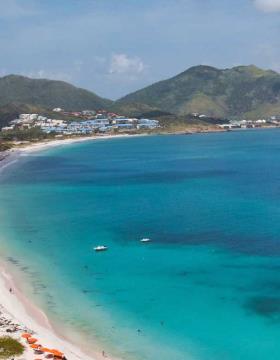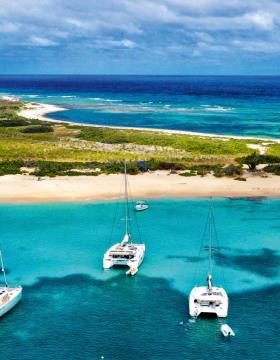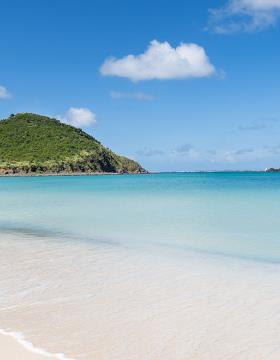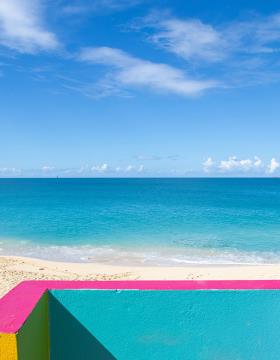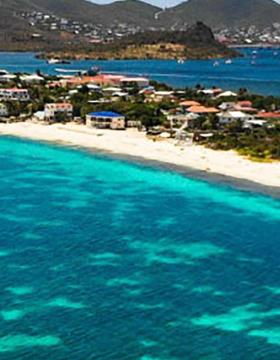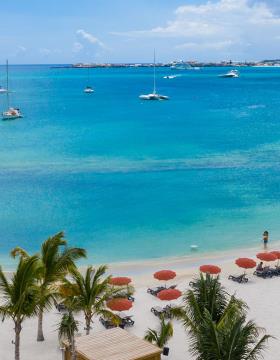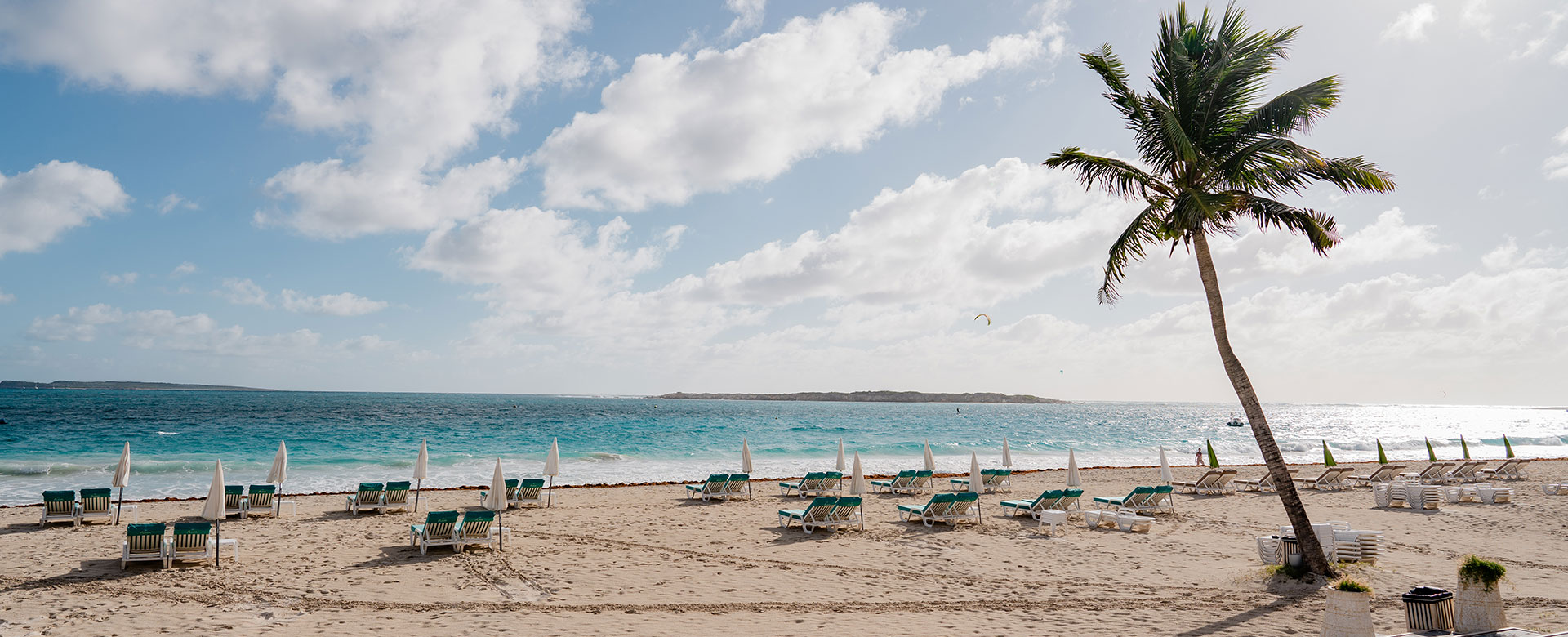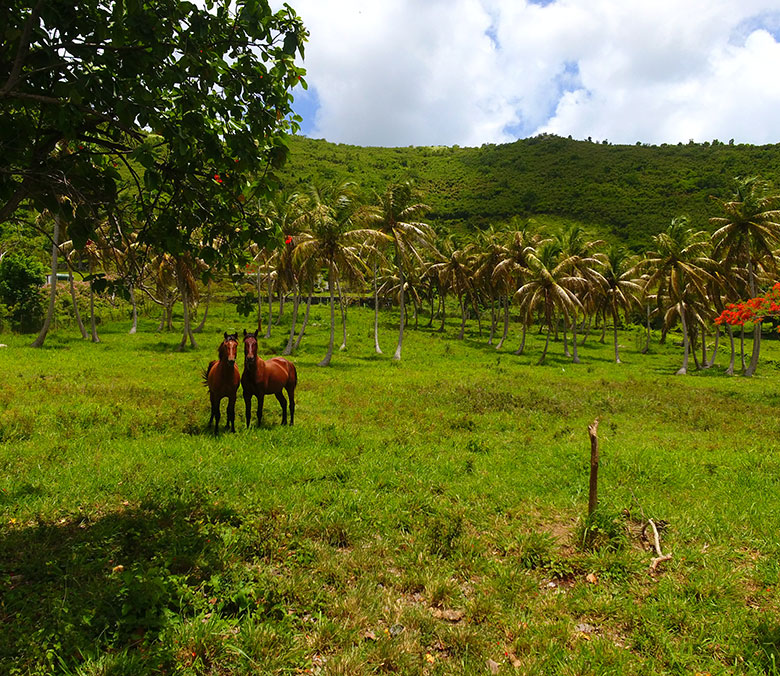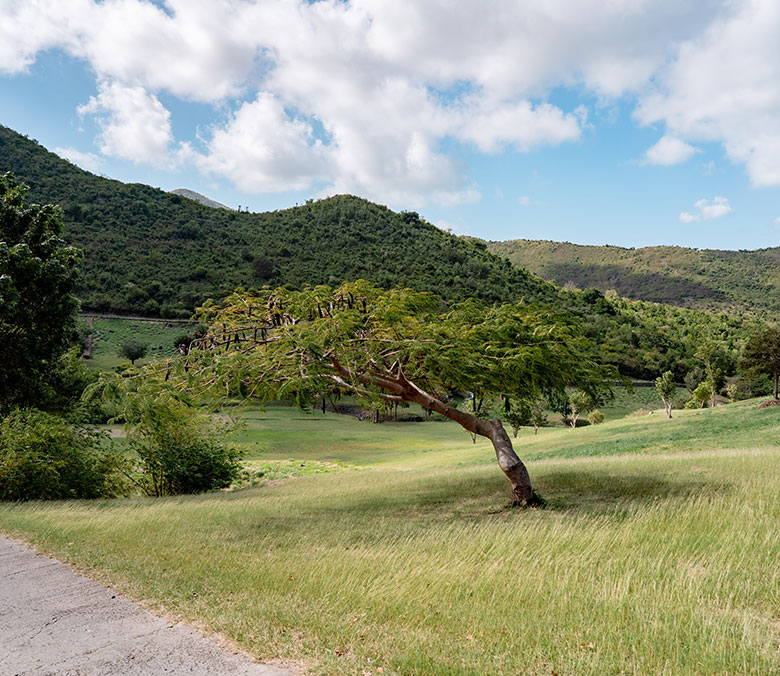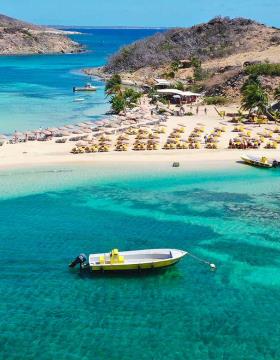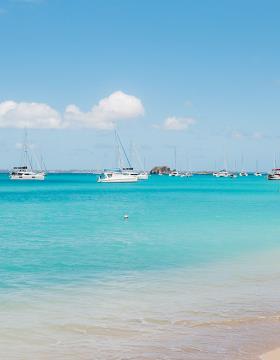St. Martin is a volcanic and mountainous island. Its highest point is Pic Paradis (1,391 feet), on the French side of the island. The coastline of St. Martin varies between steep, craggy cliffs and extremely beautiful beaches of white sand. Some of them are dotted with sea grape, palm, and mango trees. The mangroves form a buffer zone between the sea and the ponds, offering a breeding ground for fish and nesting places for birds. They also offer protection during episodes of bad weather.
St. Martin has the features of a dry island, with sparse hills and a few areas with abundant vegetation. The east coast, or “windward coast” is swept by the trade winds that blow against the uplands, which causes clouds to accumulate. This condenses the warmth and transforms it into rain showers, making the vegetation on the lee shore luxuriantly green. The western tip of the limestone plateau of Terres Basses, where there is less rainfall, is dry, and the vegetation consists of scrub and cacti.
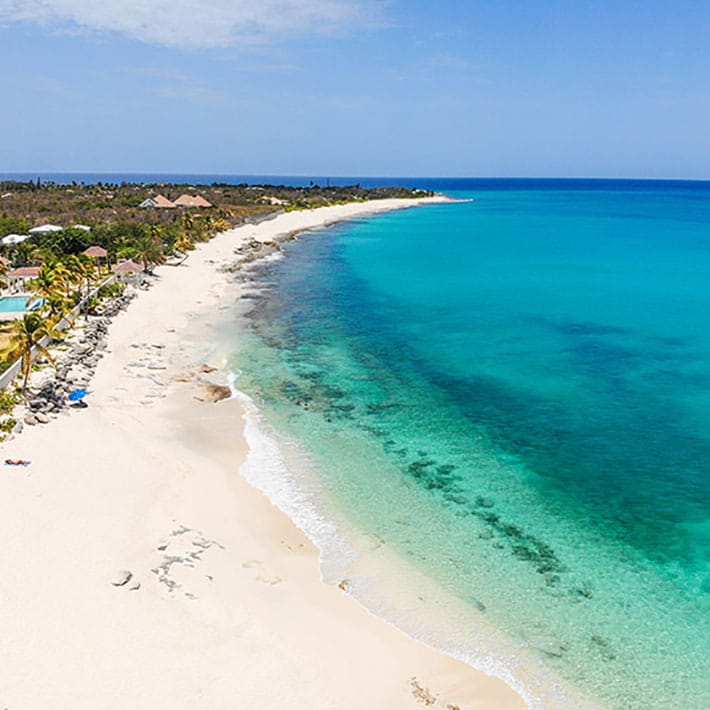
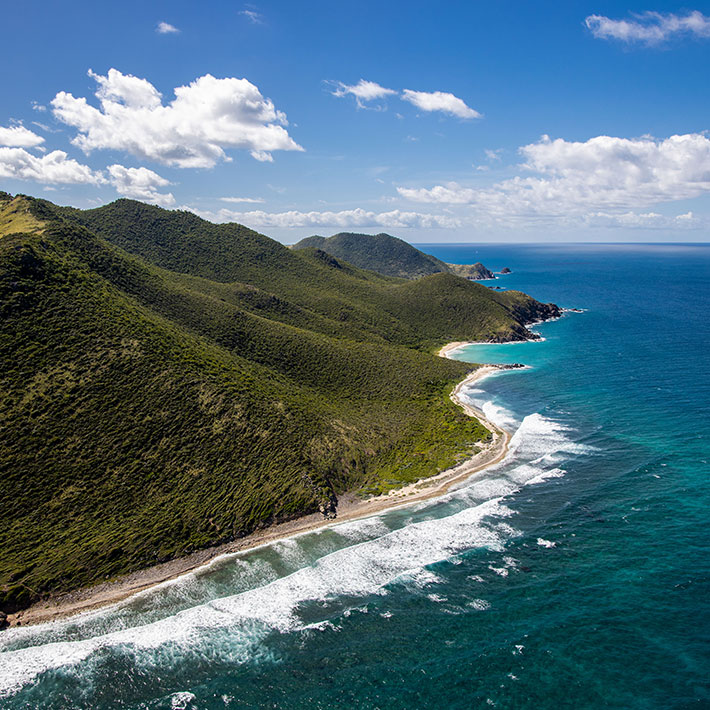
So an escape to the island’s beaches is possible at any time of year. With its narrow and constant temperature range conducive to the development of lush vegetation, St. Martin’s climate offers the promise of an eternal summer.
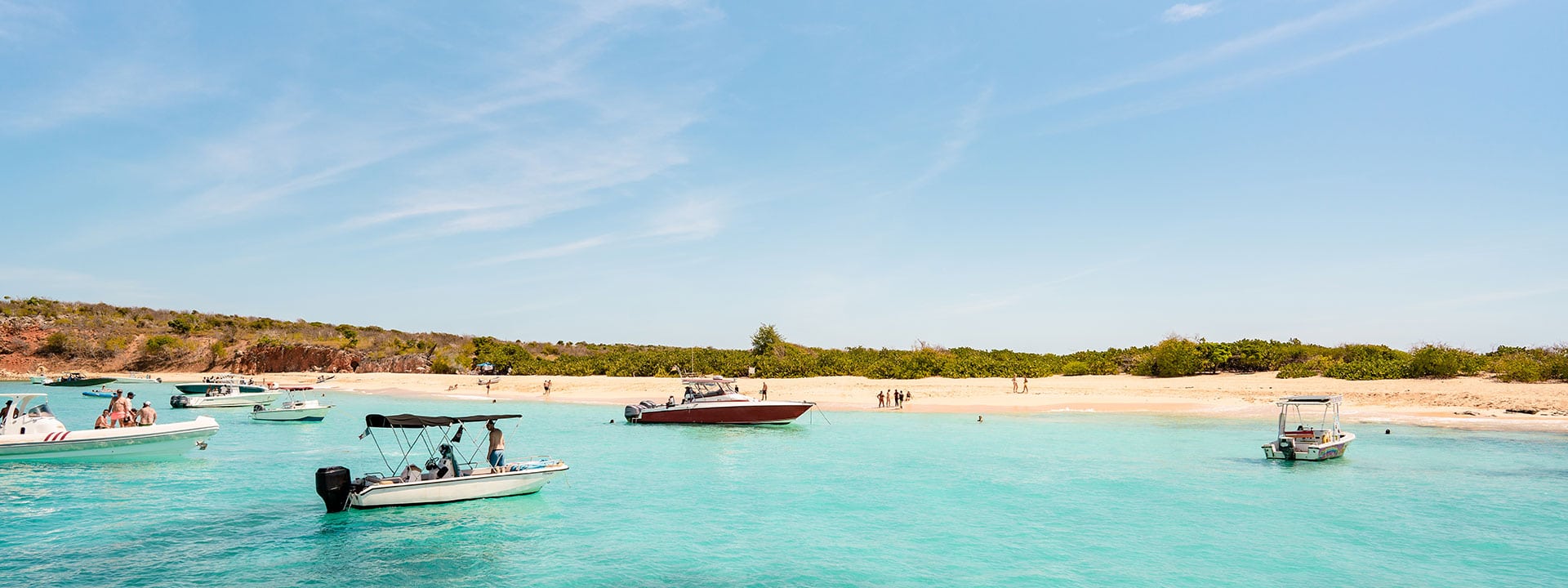
St. Martin, an Ideal Climate All Year Round
On St. Martin, it’s summer all year round. Like the rest of the West Indies, the island has a tropical climate, meaning it is warm and humid with temperatures which, tempered by the trade winds, vary only slightly throughout the year.
The average annual temperature is 80°F with peaks at 89°F and minimum temperatures rarely falling below 68°F. There is no real rainy season, and rainfall comes in fairly brief showers, or “squalls” that often start suddenly when the sun is shining.

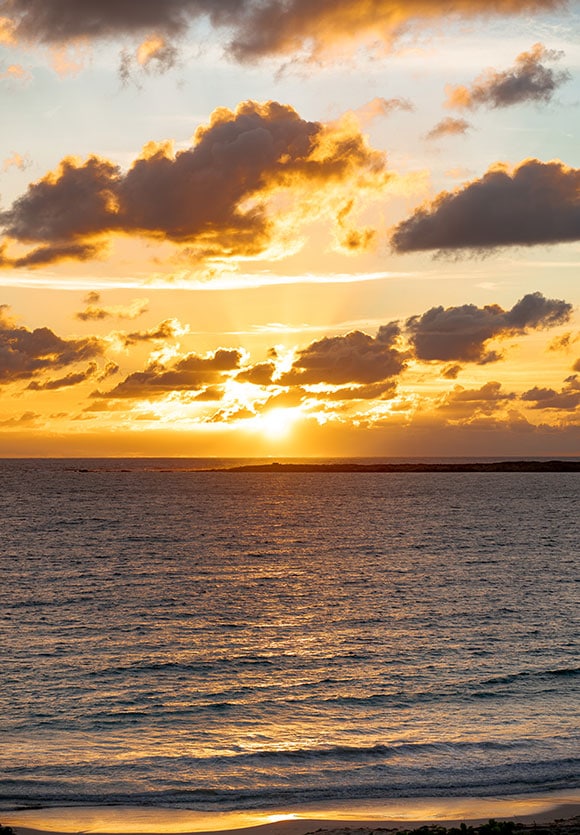
When to Go to St. Martin?
In terms of climate, St. Martin has two seasons. The dry season, from December to April, is the most pleasant. This is also the peak season for tourists who come to enjoy the agreeable weather and summer temperatures. The sunshine is almost constant during this period, with hardly any rain.
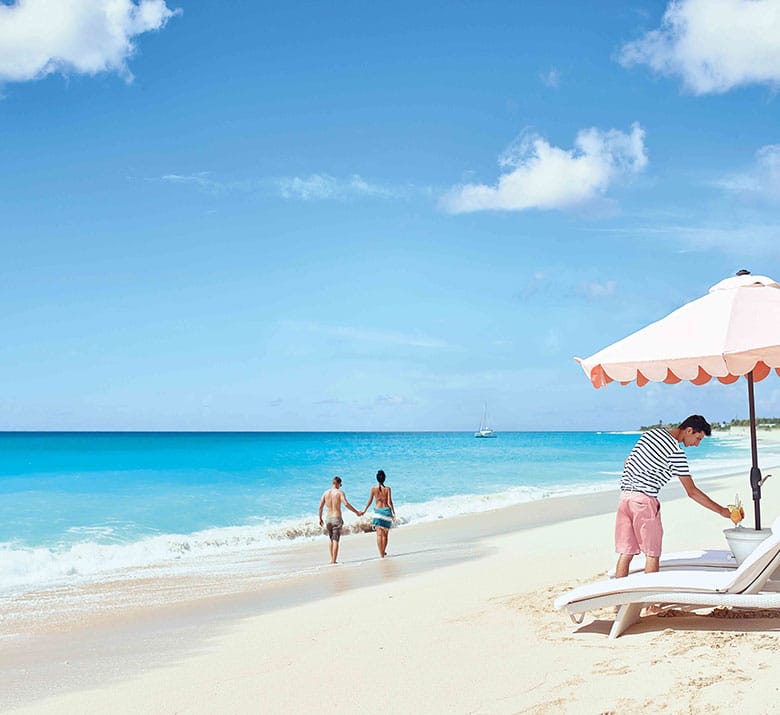
During the wet season, from May to November, temperatures are higher throughout the day and daylight hours are longer. All year round, the sun comes up between 5am and 6am, and sets between 5pm and 7pm. There are a few days of scattered showers. There is also plenty of sunshine and the temperature never falls below 68°F. Each year, the hurricane season runs from June 1 to November 30.
Both these seasons complement each other delightfully and make it possible for you to explore the island in its entirety. Because it has a surface area of less than 40 mi², St. Martin enjoys stable and consistent weather conditions. All the same, it is good to be aware of some of the island’s particularities generated by the oceanic influence and the hills that cause clouds to linger over certain areas.
So, in the Orient Bay and Oyster Pond district to the northeast, the trade winds are a little stronger than on the rest of the island. No wonder this is heaven for boardsports fans. On Pinel Island, the beach facing the Cul-de-Sac district is also protected by the hills. The calm sea makes it ideal for relaxing. The oceanside, on the other hand, is windswept and the vegetation is totally different. Further out at sea, Tintamarre Island is fully exposed to the ocean elements, with a blazing sun and powerful winds. Above all, this islet is renowned for its beautiful seabed. Those who prefer calm water and generous sunshine should head for Anse Marcel, to the north. The coved beach is sheltered from the swell by two hills.
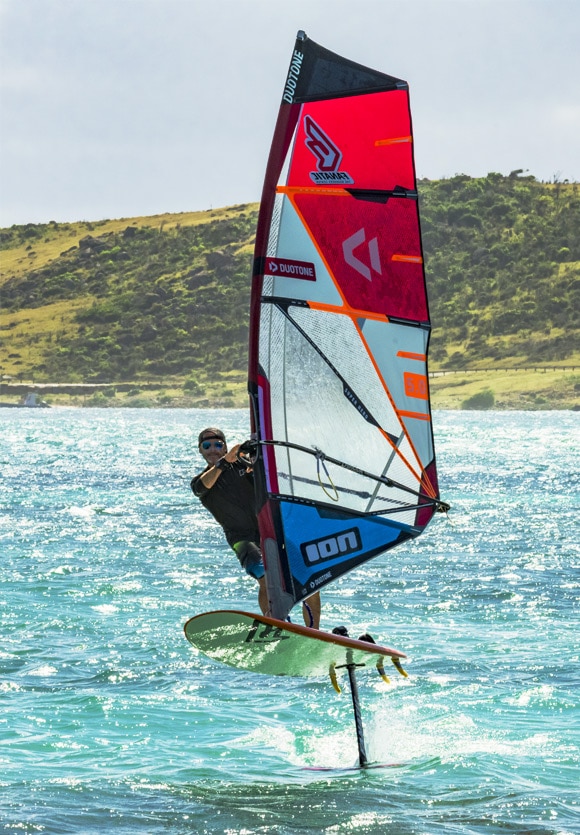
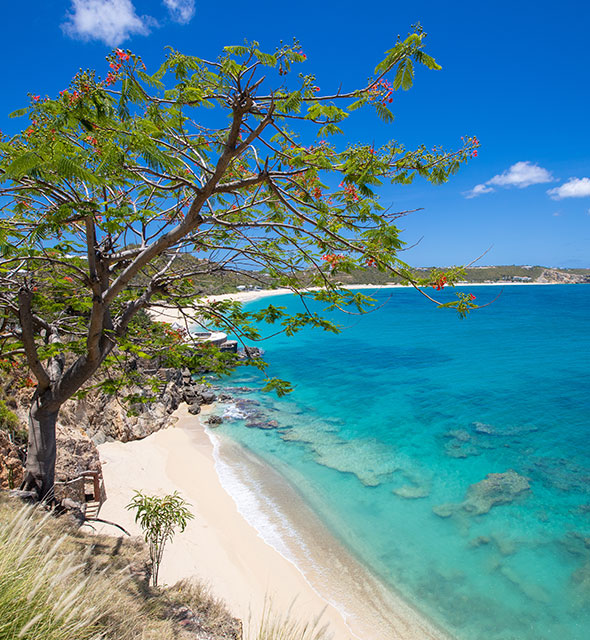
To the northwest, the former fishing village of Grand Case is a reputed haven of peace with its constant sunshine and long sandy beach.
Further west, Red Bay and Nettlé Bay are pleasant beaches where the trade winds are moderate. A certain harmony reigns between the air and water temperatures.
The lakes and mangroves can be explored by kayak without fear of disturbing the wildlife or damaging the vegetation.
To the south-west, at Terres Basses, the long beaches are subjected to the influence of the Caribbean Sea. This is the case as far as Simpson Bay, where a vast stretch of sand puts you at one with the elements.
FAQ
What is the best time of year to go to St. Martin?
From December to April, in the dry season.
What is the hottest period on St. Martin?
The highest recorded temperatures are in the month of July, during the wet season.
How long does it take to climb Pic Paradis?
From Loterie Farm, it takes an average of forty-five minutes to walk up to the island’s highest point. Do not wear flip-flops, but comfortable closed shoes.
What big events take place during the peak season?
During the dry season, there’s the February Carnival on the French side, and the Heineken Regatta in mid-March. Grand Case Tuesdays take place on 12 Tuesdays in February, March, and April. On the main street, artists and craftspeople display their wares to passers-by. The program features culture, food, dance performances, and musical parades. In March and April, it’s the Dutch side of the island’s turn to hold its carnival.
Just for you
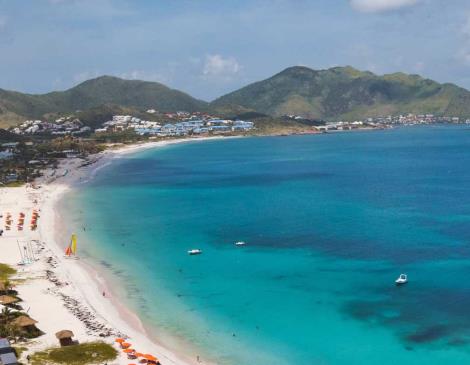
Baie Orientale

Ilet Pinel / Pinel Island
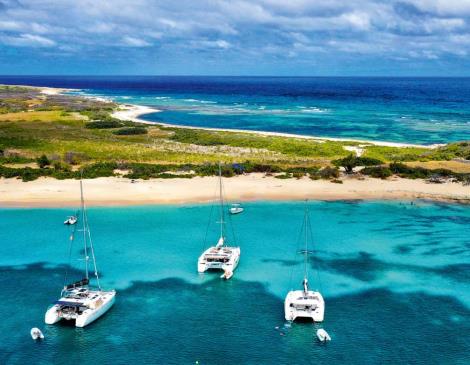
TINTAMARRE
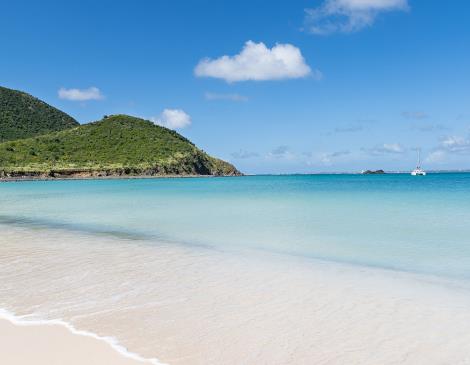
Anse Marcel
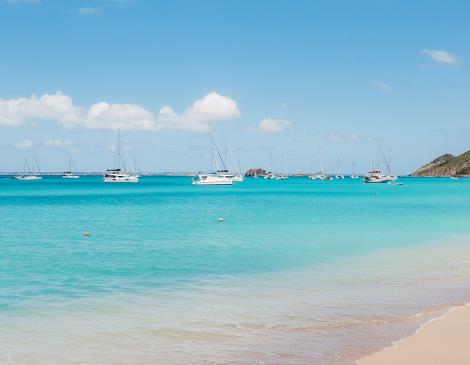
LA PLAGE DE GRAND CASE
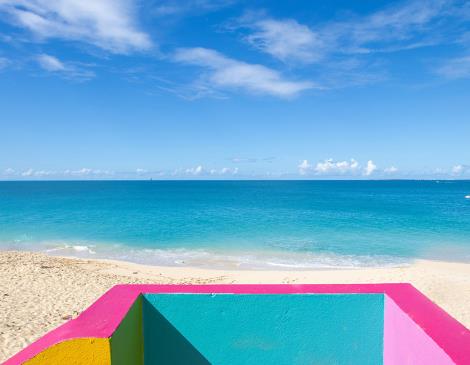
Baie Rouge / Red Bay
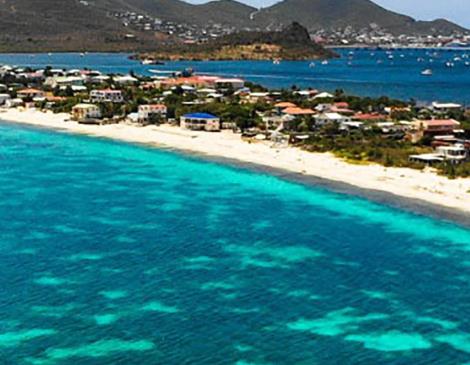
Baie Nettlé
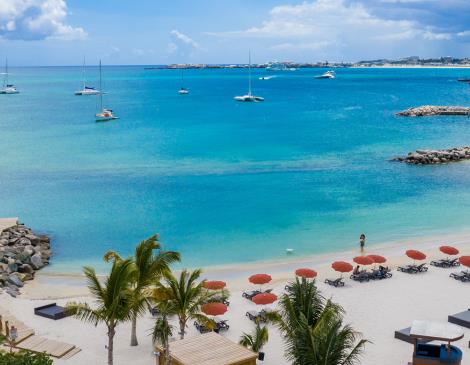
Simpson Bay
